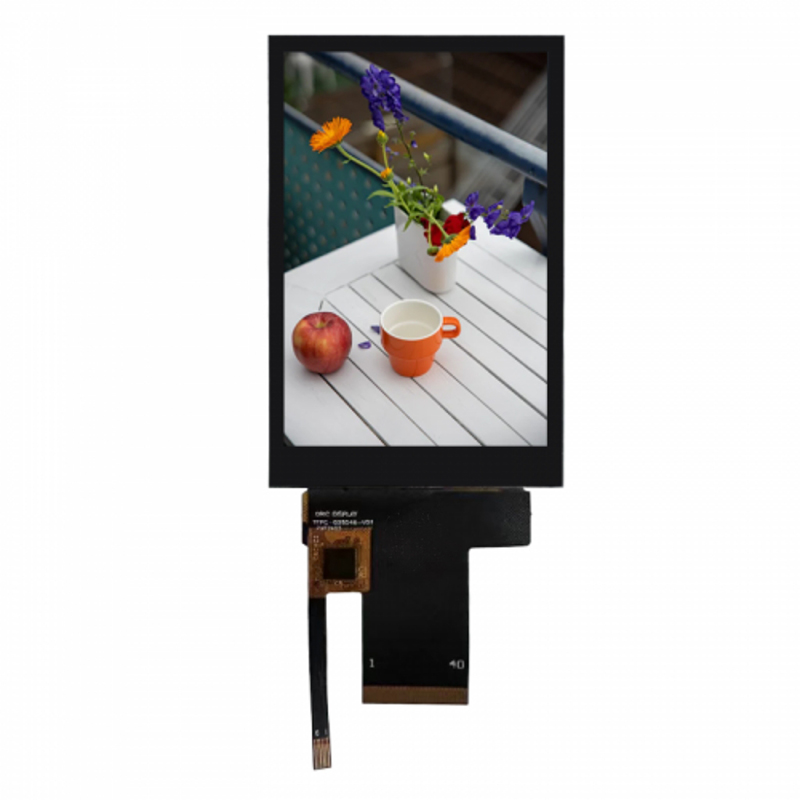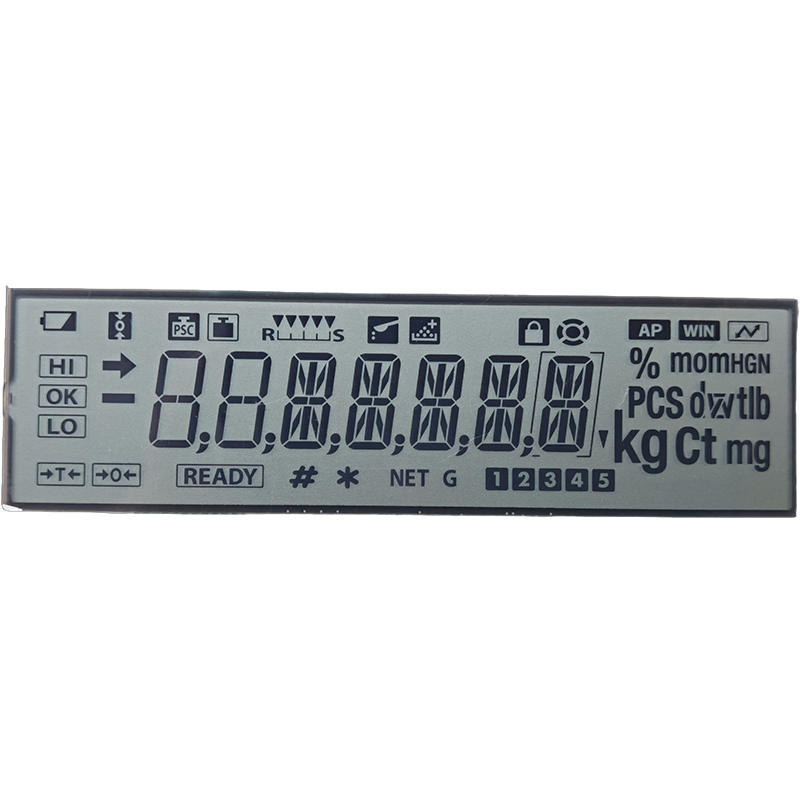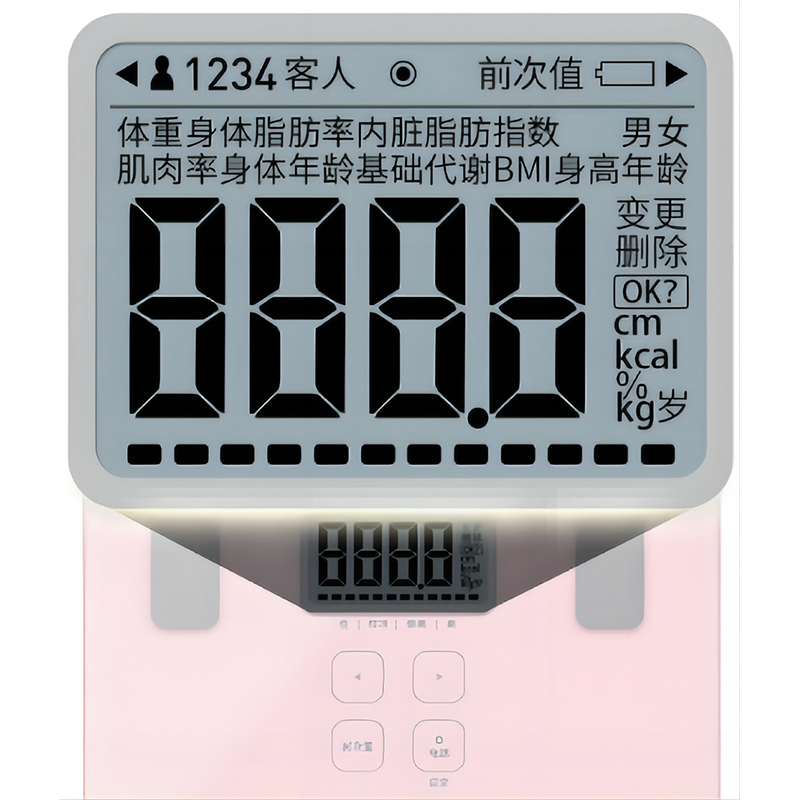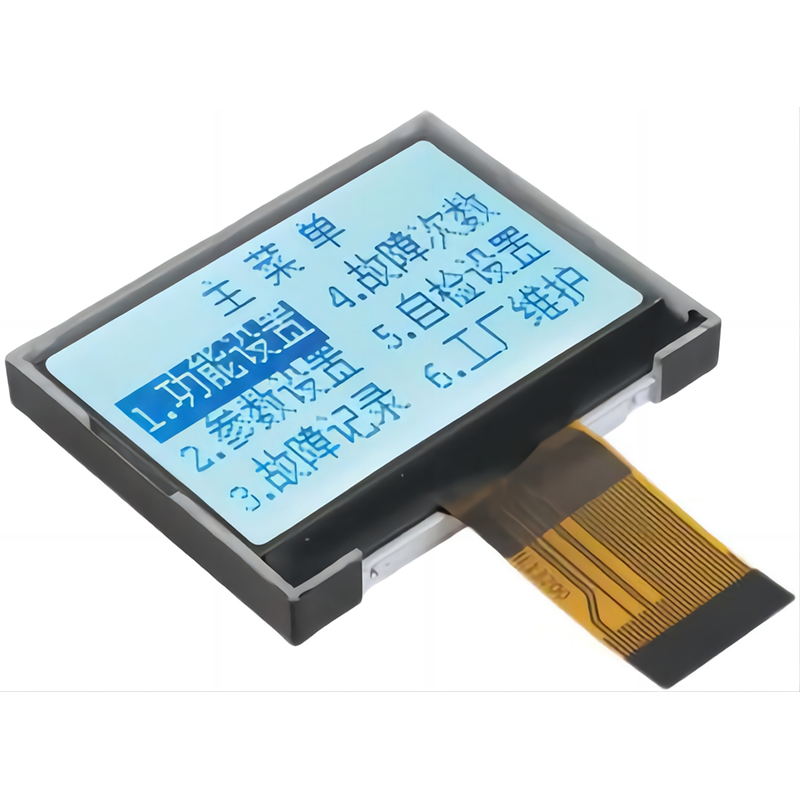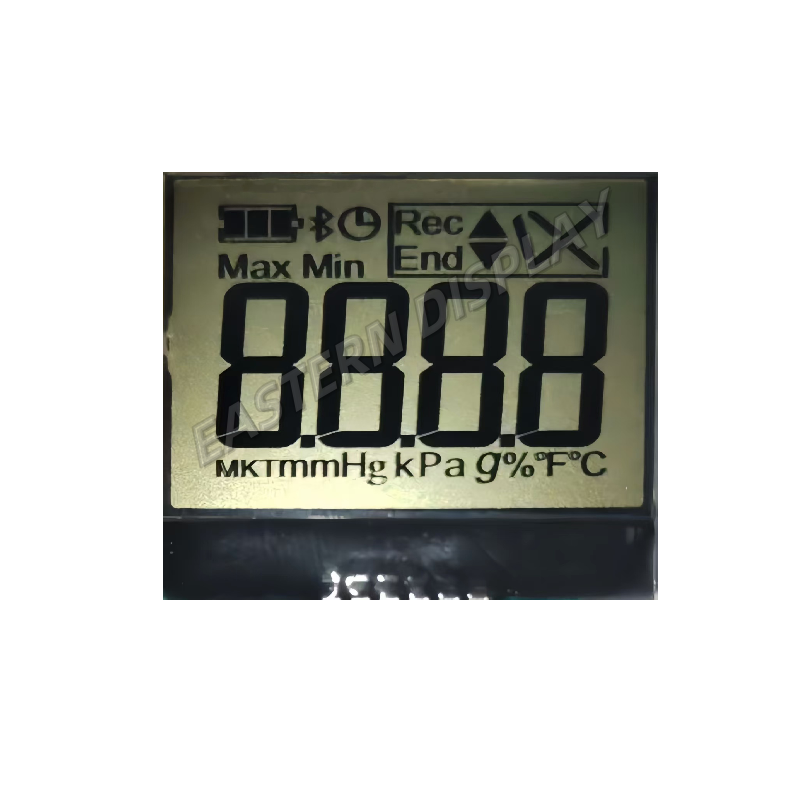Arduino and TFT Display: A Comprehensive GuideThis guide provides a comprehensive overview of using Arduino and TFT displays, covering setup, programming, and troubleshooting. Learn how to select the right display, connect it to your Arduino, and create stunning visualizations for your projects. We'll explore various libraries and techniques to maximize your display's potential.
Choosing the Right TFT Display for Your Arduino Project
Selecting the appropriate
TFT display is crucial for a successful project. Consider these key factors:
Resolution and Size
The resolution (e.g., 320x240, 480x320) determines the sharpness and detail of your display. Larger displays offer more screen real estate but may require more power and processing resources. Consider the size and resolution needed for your project's visualization requirements. For example, a simple data logger might only need a small display, while a gaming project might require a larger, higher-resolution screen.
Interface Type
Common interfaces include SPI and parallel. SPI is generally preferred for its simplicity and efficiency, particularly with Arduino. Parallel interfaces offer higher speeds but often require more pins on your Arduino.
Controller IC
The controller IC dictates the display's capabilities and compatibility with various libraries. Popular controllers include ST7735, ILI9341, and SSD1351. Selecting a display with a well-supported controller ensures easier integration with your Arduino. Check for readily available libraries for your chosen controller to simplify your programming efforts.
Backlight Type and Power Consumption
Consider the backlight type (LED, etc.) and its power consumption, especially for portable or battery-powered projects. LED backlights offer excellent brightness and efficiency, while others might be less power-efficient.
Connecting Your TFT Display to Arduino
Once you've selected your
TFT display, you'll need to connect it to your Arduino board. This typically involves connecting the display's data, clock, and control lines to the appropriate pins on your Arduino. Refer to the display's datasheet for specific pin assignments.
Wiring Diagram
A typical wiring diagram might look like this (specific pin assignments will vary depending on the
TFT display and Arduino board used):| Arduino Pin | TFT Display Pin | Signal ||--------------|-----------------|----------------|| 5V | VCC | Power || GND | GND | Ground || Digital 8 | MOSI | SPI Data || Digital 13| SCK | SPI Clock || Digital 10| DC | Data/Command || Digital 9 | CS | Chip Select || Digital 7 | RST | Reset |
This is a sample wiring diagram. Consult your display's datasheet for accurate pin assignments.
Programming Your Arduino for TFT Display Control
Numerous libraries simplify interacting with
TFT displays. The most popular include Adafruit_GFX and its derivatives specific to different controller ICs (e.g., Adafruit_ST7735, Adafruit_ILI9341).
Using the Adafruit_GFX Library
The Adafruit_GFX library provides a common set of functions for drawing shapes, text, and images. This library forms the foundation for many other
TFT display libraries. You can find comprehensive documentation and examples on the Adafruit website.
Example Code
Below is a simple example using the Adafruit_ILI9341 library to display Hello, World! on a
TFT display:cpp#include
#include // ... Pin definitions ...Adafruit_ILI9341 tft = Adafruit_ILI9341(8, 10, 9, 13); // CS, DC, RST, SCKvoid setup() { tft.begin(); tft.fillScreen(ILI9341_BLACK); tft.setCursor(0, 0); tft.setTextColor(ILI9341_WHITE); tft.setTextSize(2); tft.println(Hello, World!);}void loop() {}(Remember to install the necessary libraries through the Arduino IDE Library Manager.)Troubleshooting Common Issues
If you encounter problems, check these common causes: Incorrect wiring: Double-check your connections against the datasheet. Incorrect library: Ensure you're using the correct library for your display's controller IC. Power issues: Make sure your display receives sufficient power. SPI settings: Verify that your SPI settings (clock speed, etc.) are appropriate for your display.For more advanced usage and specific troubleshooting, refer to the documentation of your chosen library and display's datasheet.To learn more about high-quality LCD and TFT displays, visit Dalian Eastern Display Co., Ltd., a leading provider of display solutions.
1 Adafruit GFX Library: https://learn.adafruit.com/adafruit-gfx-graphics-library


